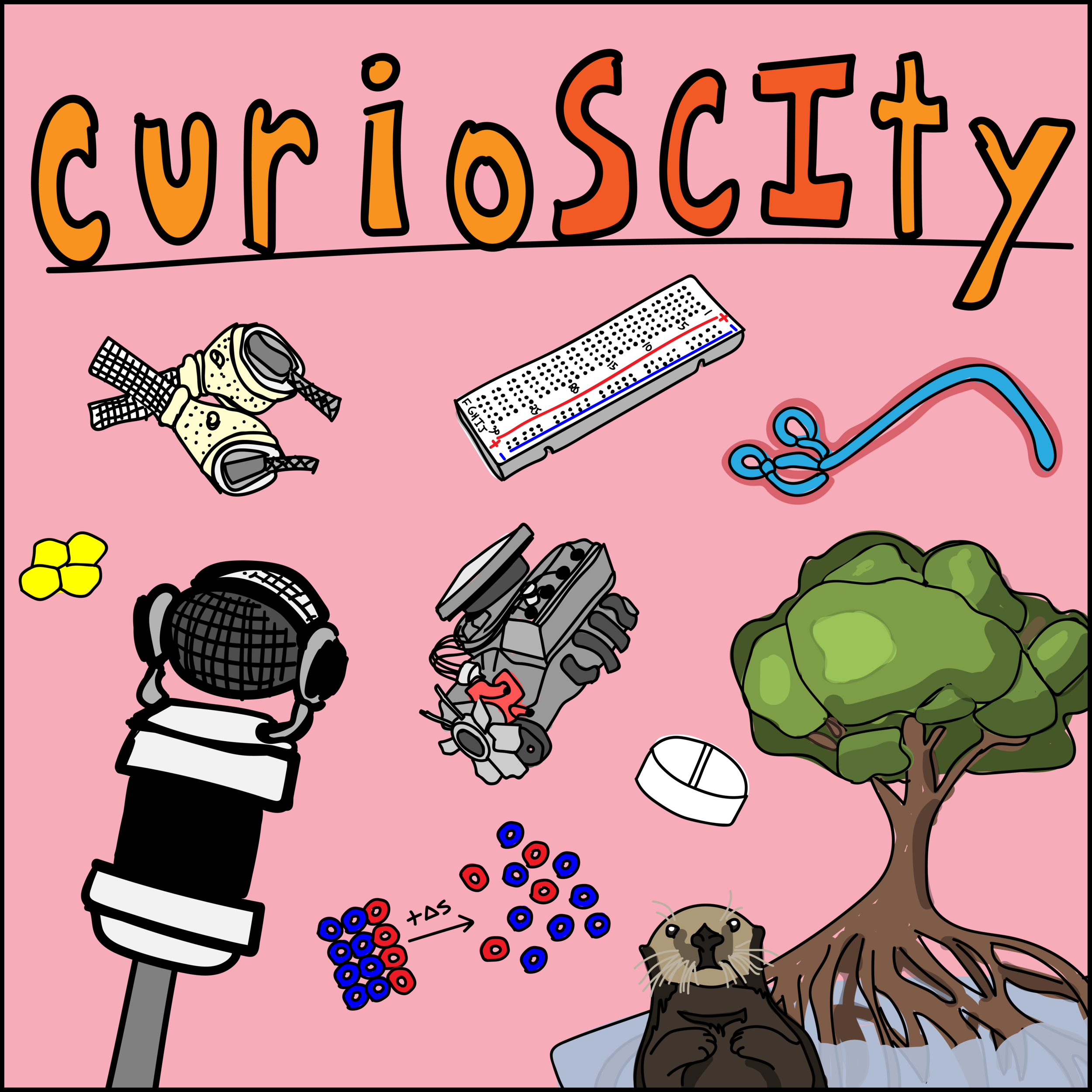83 - Horseshoe Crabs! (w/ Adele Musicant!)
83. Horseshoe Crabs
You may have been walking upon a beach and noticed a horseshoe crab. Their appearance can be severe, but they provide important contributions to their ecosystems. Today, we will discuss these arthropods and some of their unique characteristics. Let’s learn to be scientifically conversational.
General Learning Concepts
1) Discussion questions:
a. Description of what a horseshoe crab is / what it looks like. What is the generalized size and is there a sexual dimorphism? How many legs does it have? Eyes? What are “book gills”? How do they move? Why are their shells adorned in other critters?
b. What is the natural history of a horseshoe crab? What are arthropods? What are its closest living relatives? Is it really a “crab” or a crustacean? What is molting?
c. How long does a horseshoe crab survive? What is the natural distribution in the world? How are migratory birds reliant on horseshoe crabs? What is the general trend for horseshoe crab numbers?
d. Answering common google questions: i. Are horseshoe crabs dangerous? ii. Are horseshoe crabs good to eat? iii. Can I right a flipped over horseshoe crab? iv. Are horseshoe crabs related to trilobites?
e. What is the deal with horseshoe crab blood? How is this blood important to the biomedical industry? What is a horseshoe crab farm?


